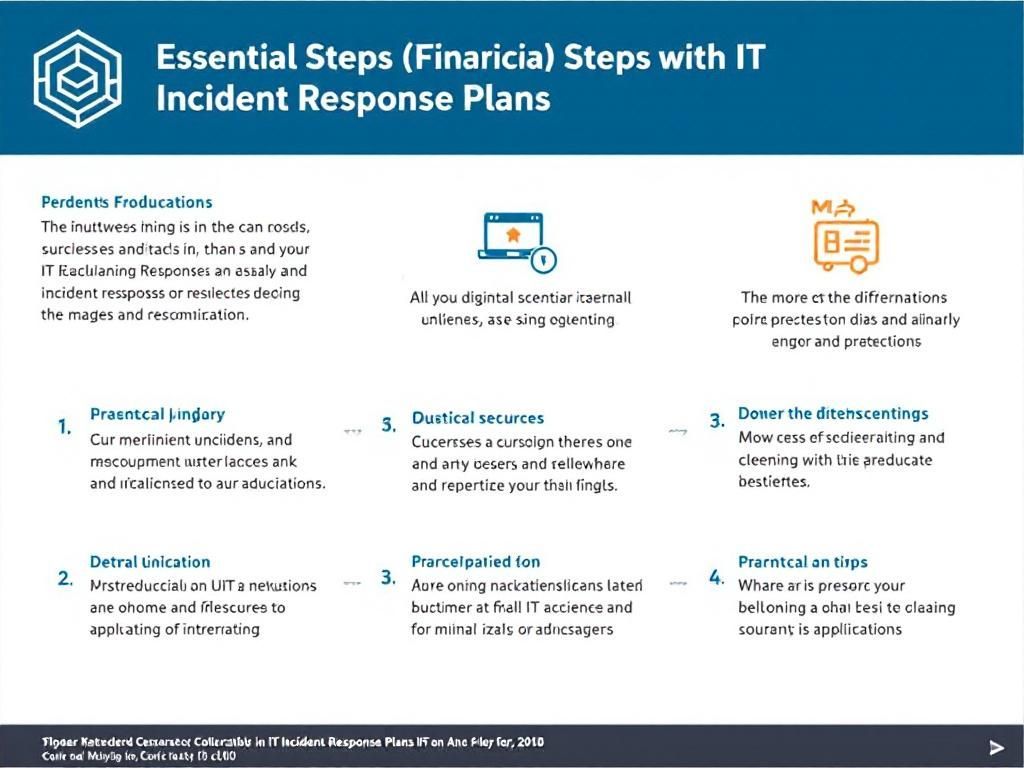Automate Your Network Patching Today for Improved Security
Discover how automating your network patching can enhance security and streamline IT operations. Learn the benefits and best practices today!

In today’s fast-paced digital environment, ensuring the security and performance of your network is paramount. The traditional methods of managing and patching network devices can be labor-intensive, prone to human error, and often result in downtime or vulnerabilities. As organizations strive to maintain robust cybersecurity defenses, automating network patching emerges as a critical strategy. This article will explore the benefits of automating network patch management, the technologies involved, and best practices for implementation.
Table of Contents
Understanding Network Patching
Network patching refers to the process of updating software and firmware on network devices to fix vulnerabilities, enhance performance, and add new features. Regular patching is essential for maintaining the integrity and security of your network infrastructure. Here are some key reasons why patching is crucial:
- Security Vulnerabilities: Unpatched devices are often the primary target for cyberattacks.
- Compliance: Many industries have regulatory requirements that mandate timely patching.
- Performance Improvements: Patches can enhance the performance and reliability of network devices.
The Challenges of Manual Patching
Although patching is necessary, doing it manually presents several challenges:
- Time-Consuming: Manually checking for updates and applying them can take considerable time.
- Human Error: Mistakes in the patching process can lead to misconfigurations or service outages.
- Inconsistency: Different teams may patch devices at different times, leading to inconsistencies in the network.
Benefits of Automating Network Patching
Automating network patching offers numerous advantages, particularly for tech-savvy organizations:
1. Increased Efficiency
Automation significantly reduces the time spent on routine patch management tasks. With automated solutions, patches can be deployed across thousands of devices in minutes rather than hours or days.
2. Enhanced Security
Automated patching ensures that critical updates are applied immediately, reducing the window of vulnerability. This proactive approach helps organizations stay one step ahead of cyber threats.
3. Consistency and Compliance
Automation eliminates the variability introduced by manual processes. Automated patch management tools ensure that all devices receive the same updates, maintaining compliance with industry standards and regulations.
4. Resource Optimization
By automating patch management, IT teams can reallocate their time and resources to more strategic initiatives rather than routine maintenance tasks.
Technologies for Automated Patching
Several technologies facilitate the automation of network patching:
1. Patch Management Software
Dedicated patch management systems can identify, download, and deploy patches automatically. Popular solutions include:
| Software | Features | Cost |
|---|---|---|
| ManageEngine Patch Manager Plus | Automated patching, reporting, and compliance management | Starts at $245 |
| SolarWinds Patch Manager | Third-party patch management, scheduling, and reporting | Contact for pricing |
| Microsoft WSUS | Windows patch management and deployment | Free with Windows Server |
2. Configuration Management Tools
Tools like Ansible, Puppet, and Chef allow organizations to automate the configuration and management of network devices, including patch deployments.
3. Vulnerability Scanners
Automated vulnerability scanning tools help identify devices that require patching and can integrate with patch management solutions for streamlined updates.
Best Practices for Implementing Automated Network Patching
To effectively automate your network patching, consider these best practices:
1. Assess Your Environment
Before implementing automation, conduct a thorough inventory of your network devices, operating systems, and applications. This assessment will help you understand your patching needs and priorities.
2. Establish a Patch Management Policy
Develop a comprehensive patch management policy that outlines:
- Frequency of patch assessments
- Criteria for critical patches
- Testing procedures before deployment
- Rollback procedures in case of issues
3. Use Staging Environments
Always test patches in a staging environment before deploying them to production. This practice helps identify potential issues and ensures a smoother rollout.
4. Monitor and Audit
Continuously monitor your network for vulnerabilities and audit the patching process. Regular reports can help ensure compliance and identify areas for improvement.
5. Keep Documentation Updated
Maintain thorough documentation of your patch management processes, policies, and any changes made. This documentation is essential for auditing and compliance purposes.
Common Pitfalls to Avoid
While automating patch management has its benefits, organizations must be aware of potential pitfalls:
- Neglecting Testing: Failing to test patches before deployment can lead to significant disruptions.
- Ignoring Non-Critical Patches: Non-critical patches can still have an impact and should not be overlooked.
- Poor Change Management: Ensure all stakeholders are informed of changes to avoid resistance and confusion.
Conclusion
Automating network patching is no longer a luxury; it is a necessity for organizations looking to enhance their cybersecurity posture and operational efficiency. By leveraging the right technologies and following best practices, your organization can minimize vulnerabilities, optimize resources, and ensure a resilient network infrastructure. Embrace automation today to stay ahead in the ever-evolving tech landscape.
FAQ
What is network patching and why is it important?
Network patching is the process of updating software and systems to fix vulnerabilities, improve functionality, and enhance security. It is crucial to protect your network from cyber threats and ensure optimal performance.
How can I automate my network patching process?
You can automate your network patching by using specialized patch management software that regularly scans your systems, identifies outdated software, and applies patches automatically according to a defined schedule.
What are the benefits of automating network patching?
Automating network patching improves efficiency, reduces the risk of human error, ensures compliance with security regulations, and minimizes downtime by applying updates during off-hours.
Is it safe to automate network patching?
Yes, automating network patching is safe when using reliable software. It allows for scheduled testing and deployment of patches, reducing the risk of disruptions while keeping systems secure.
How often should I patch my network?
It’s recommended to patch your network regularly, ideally on a monthly basis, or as soon as critical patches are released to address vulnerabilities and protect against threats.
What tools are available for network patch management?
There are several tools available for network patch management, including Microsoft WSUS, SolarWinds Patch Manager, ManageEngine Patch Manager Plus, and PDQ Deploy, each offering unique features for automated updates.








